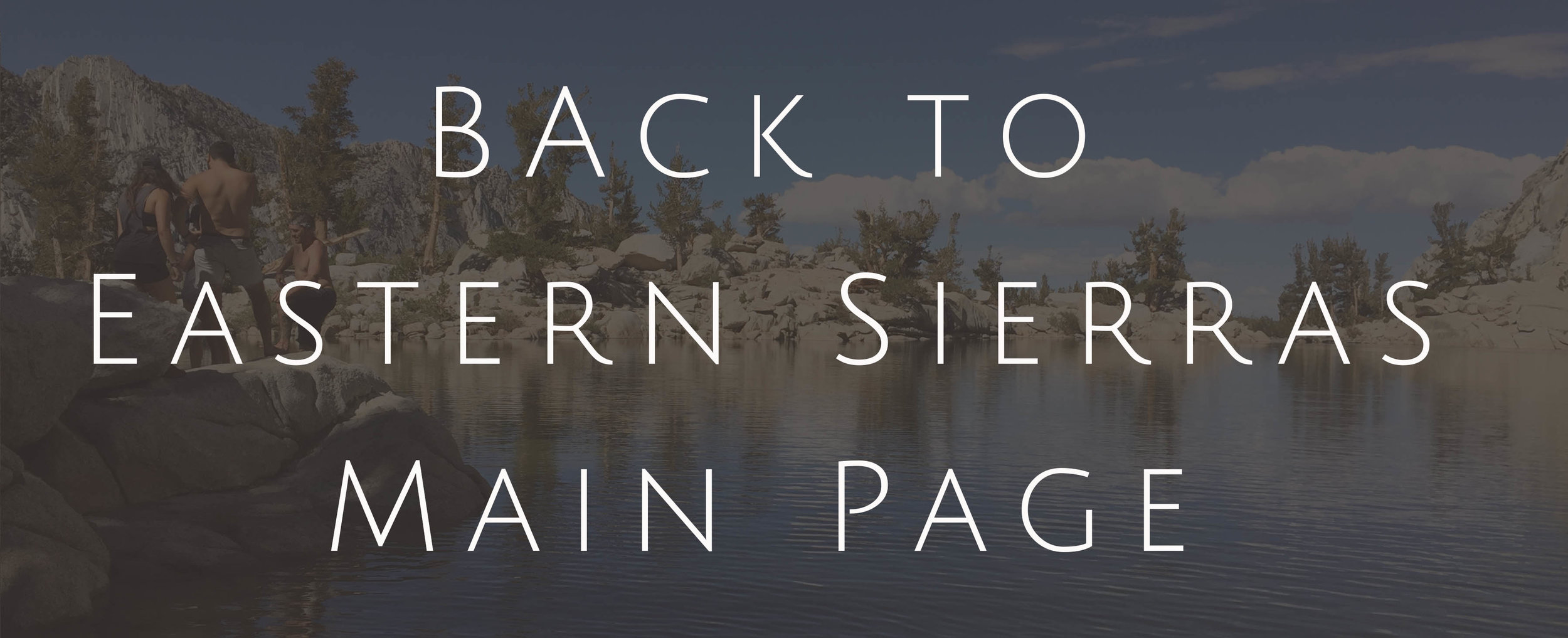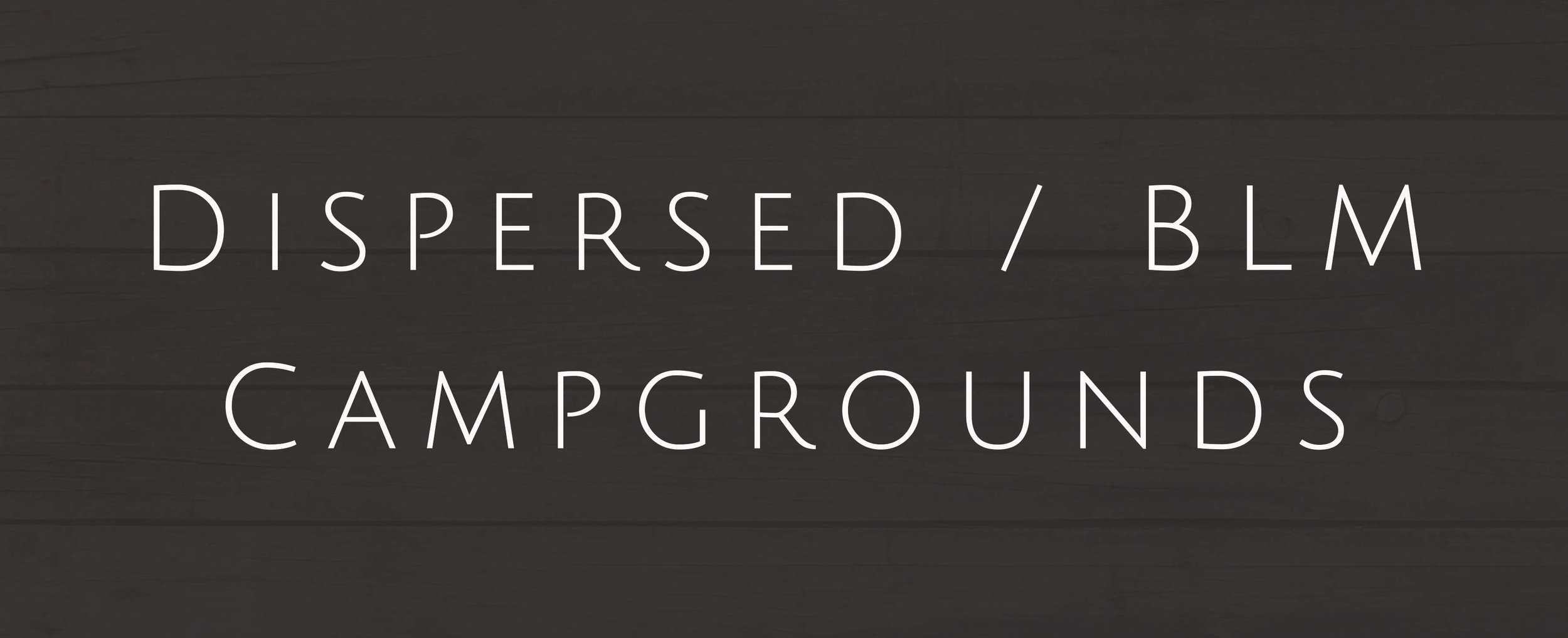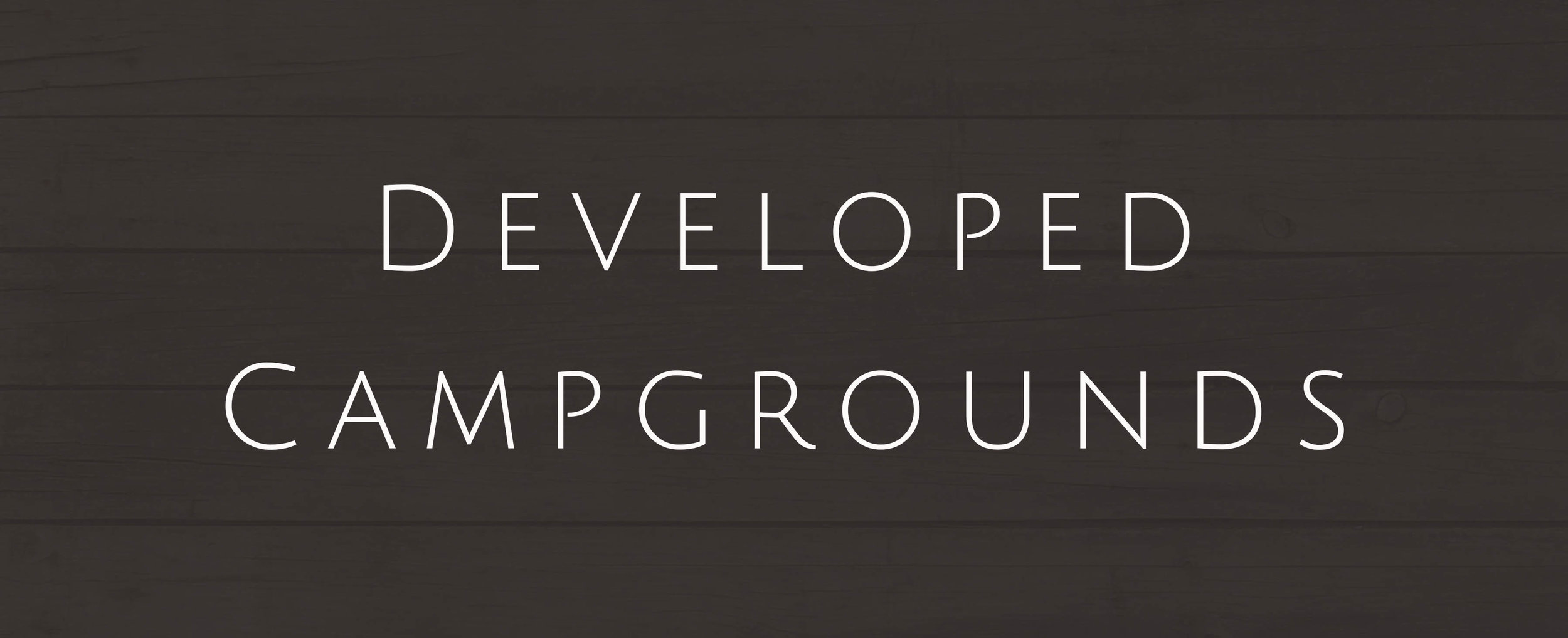Camping
Dispersed Camping - Alabama Hills
Overview
Alabama Hills is one of my favorite places to camp, explore and party in the entire state of California. It's like Joshua Tree on steroids: weirder rock formations, a better night sky, unrestricted wilderness (dispersed) camping, and easy access to the jaw-dropping beauty of Mt. Whitney and surrounding Sierra Nevadas. It's an explorer's playground and a photographer's dream.
What is Dispersed Camping?
Dispersed camping is essentially free camping on open land, and it comes with its own set of pros and cons. Also known as primitive camping, it is most commonly available on publicly-owned U.S. taxpayer land, also referred to as BLM land (Bureau of Land Management).
You won’t find dispersed camping areas anywhere within national parks, city areas, private property, protected wilderness, etc. Camping at a designated campground, for example, is not dispersed camping.
The links below (as well as Google) can tell you where to find said land around each U.S. city area and how to best preserve the land you’re staying on.
What are the advantages? No crowds, no costs, no formal campgrounds, no reservations. Since they are (by definition) located outside populated city limits, dispersed camping areas are almost always exponentially more beautiful, remote and exciting to stay at—you’re actually having the authentic outdoor experience that you came for (imagine that). Talk to any experienced outdoorsman, and they’ll tell you that dispersed camping is the only option they look for on an adventure.
And now, the drawbacks. It’s real outdoor camping. That means zero amenities whatsoever. Restrooms, running water, picnic tables, grills for barbecuing food—you have to bring all of that swag yourself. Yes, you’ll be digging holes in the ground to poop (or finding restrooms in town). You’ll be responsible for your own fire safety and packing out your own trash. Because you’re staying in remote territory, roads in & out aren’t always paved or accessible for low-clearance vehicles. It means that people might not be around in case of emergency, and in the same context, it also often means no cell phone service.
With a great experience comes great responsibility. Know your comfort level in the wilderness and choose wisely. The best campsites I’ve ever stayed at have ALL been on primitive/BLM land. At the same time, for brand new outdoorsmen and women with families, this may not be the best option. If you decide to go and you’re new to this, read and have a copy of the instructions below.
Remember to LEAVE NO TRACE—be respectful of the land, and only bring in what you’re able to pack out.
Resources
Bureau of Land Management - Maps for Every BLM Territory in the US
Gear Junkie - Camp for Free on Public Land: Dispersed Camping 101
Ramos Law - BLM Camping Rules 101
Bureau of Land Management - Laws & Regulations (complete 120 pg handbook)
Alabama Hills - Dispersed Camping along Movie Road
The entire park of Alabama Hills east of Whitney Portal Rd. is taxpayer-owned BLM land, which means you can set up camp wherever your heart desires. In a place like this, there are seemingly endless options for beautiful campsites. Campfires are allowed--just be safe and leave no trace.
Finding a Top Notch Campsite - Here are a few tips to take the headache out of your remote late-night rendezvous:
If you're new to Alabama Hills, here's where I'd recommend starting--as you're driving from Lone Pine on Whitney Portal Rd. turn right onto Movie Rd. This is the main entrance to the park and the most popular area for campers. You have a big park and a lot of options from here.
Here's a great campsite that's easy to find. From the beginning of Movie Rd, make your first right at a brown sign less than a quarter mile down the road, which may or may not have a reflective road sign attached to it. You'll pass under some power lines, then hang to the left until you get to a large towering wall of rocks and boulders. It's a short drive from the main road, and it's easy for friends to find in the dark if your friends are coming in late on a Friday night.
If you want a site that's deeper in the park and the people behind you are unfamiliar with it, you'll have to keep track of the mileage before each turn you make and use some kind of an obvious visual beacon. Unfortunately there aren't a lot of distinctive landmarks visible from the roads at night.
Zero Cell Service - Expect zero cell service whatsoever in the vast majority of this park. It gets especially difficult on Friday nights, when friends are trying to find your campsite, the sky is pitch black (it gets really dark on moonless nights), landmarks are hard to spot, and no one can contact each other.
Bring a Brightly Colored Beacon - Bring something really bright or reflective that you can put near Movie Road so other cars in your party can spot your campsite as they're driving along. I use an American flag that I'll either hang near the road or on one of the cars near the campsite.
Developed Campgrounds
Photo: Tuttle Creek Campground
Lone Pine Campground - Alabama Hills/Whitney Portal
Our Advice - Highly recommended
Resources
Recreation.gov - Lone Pine Campground (Official Page - Booking & Reservations)
HiCamp - Lone Pine Campground
Yelp - Lone Pine Campground
Tuttle Creek - Alabama Hills
Our Advice - Not as good as Alabama Hills BLM. Use only if you need the campground’s amenities.
Resources
BLM.gov - Tuttle Creek Campground (Official Page)
Campendium - Tuttle Creek Campground
Yelp - Tuttle Creek Campground
Portagee Joe Campground - Alabama Hills
Our Advice - Use only as a last resort
Resources
Reserve America - Portagee Joe Campground
Campendium - Portagee Joe Campground
High-Elevation Campgrounds
Whitney Portal Campground
Our Advice - Very beautiful, but located in a heavily wooded area right at the base of Mt. Whitney’s trail system. Heavily trafficked but high on amenities (even a small general store), I’d only use this campground for people who need quick, easy access to Mt. Whitney’s recreational activities (i.e. rock climbing, mountaineering, summit hike, etc.). Also very prone to bear activity and mountain weather.
Resources
Recreation.gov - Whitney Portal Campground (Official Page - Booking & Reservations)
USDA Forest Service - Whitney Portal Campground
HiCamp - Whitney Portal Campground
Onion Valley Campground
Our Advice - Highly recommended. Very high on scenic beauty and excellent access to Eastern Sierras peaks & alpine lakes. Watch out for bear activity!
Resources
Recreation.gov - Onion Valley Campground (Official Page - Booking & Reservations)
USDA Forest Service - Onion Valley Campground
Yelp - Onion Valley Campground







